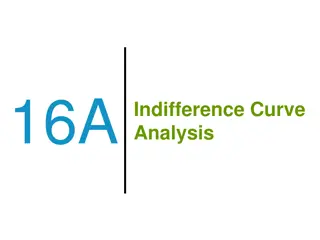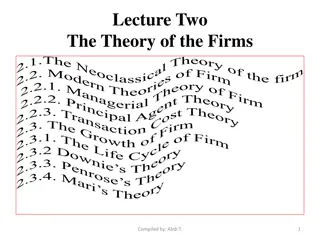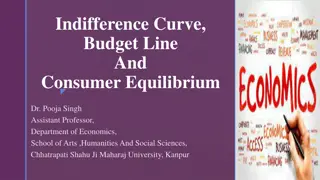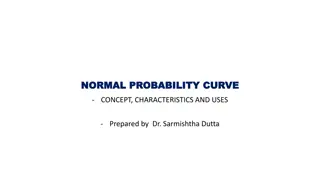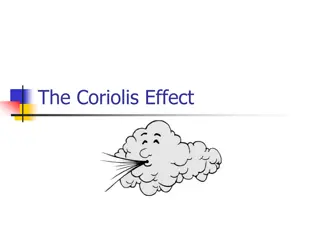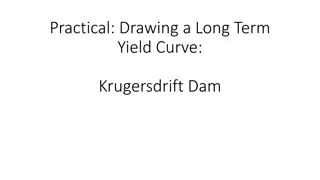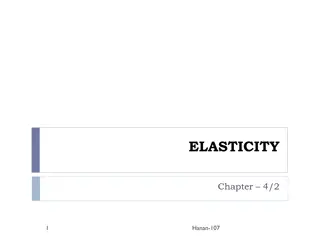Indifference Curve Theory in Economics
An indifference curve is a graphical representation of all combinations of two goods that provide the same level of satisfaction to a consumer. The theory assumes rational behavior, ordinal utility, transitivity, consistency, and more. Properties of indifference curves include downward sloping, convexity to the origin, and higher curves indicating greater utility.
Download Presentation

Please find below an Image/Link to download the presentation.
The content on the website is provided AS IS for your information and personal use only. It may not be sold, licensed, or shared on other websites without obtaining consent from the author.If you encounter any issues during the download, it is possible that the publisher has removed the file from their server.
You are allowed to download the files provided on this website for personal or commercial use, subject to the condition that they are used lawfully. All files are the property of their respective owners.
The content on the website is provided AS IS for your information and personal use only. It may not be sold, licensed, or shared on other websites without obtaining consent from the author.
E N D
Presentation Transcript
COURSE: B.Sc. (PROGRAMME) IN ECONOMICS PAPER NAME MICROECONOMICS-I TOPIC INDIFFERENCE CURVE YEAR- FIRST SEMESTER-1 SESSION -2020-2021 DATE OF LECTURE: 9/02/2021 PREPARED BY DR. KAMALIKA CHAKRABORTY ASSISTANT PROFESSOR (DEPARTMENT OF ECONOMICS) KHATRA ADIBASI MAHAVIDYALAYA, BANKURA, WEST BENGAL
DEFINITION: INDIFFERENCE CURVE An Indifference curve (IC) is the locus of all those combinations of two goods which give the same level of satisfaction/utility to the consumer.
The assumptions of the indifference curve theory are the following: 1) Consumer is a rational being in the sense that she maximises her satisfaction from consumption of a good, given her money income and prices of the goods. 2) Utility is ordinal in nature. Consumer can rank her preferences for various goods. 3) Consumer preferences are transitive and consistent. Transitivity implies that if consumer prefers commodity bundle A to commodity bundle B and commodity bundle B to commodity bundle C, then A is preferred to C. Consistency implies that if consumer prefers A to B in one period, she can never prefer B to a in another period. 4) Consumer preferences satisfy non-satiety axiom. This implies that more of a good is preferred to less of a good by the consumer. 5) Diminishing marginal rate of substitution works. This implies that the rate at which one good is sacrificed for the other so that utility remains constant is diminishing in nature.
The properties of indifference curve are the following: 1) An indifference curve is downward sloping. Along the indifference curve utility remains constant. So, if the consumer increases consumption of one good she has to decrease the consumption of the other good. Hence indifference curve is downward sloping. 2) An indifference curve is convex to the origin. The indifference curve is convex to the origin because of diminishing MRS (Marginal rate of substitution). It is the rate at which one good must be substituted for the other, keeping utility constant. It may also be termed the slope of indifference curve and is given by dy/dx. The absolute value of the slope of the indifference curve is the MRS.
The properties of indifference curve (contd.) 3) Two indifference curves can never cut or touch each other. 4) Higher indifference curve shows higher utility.



